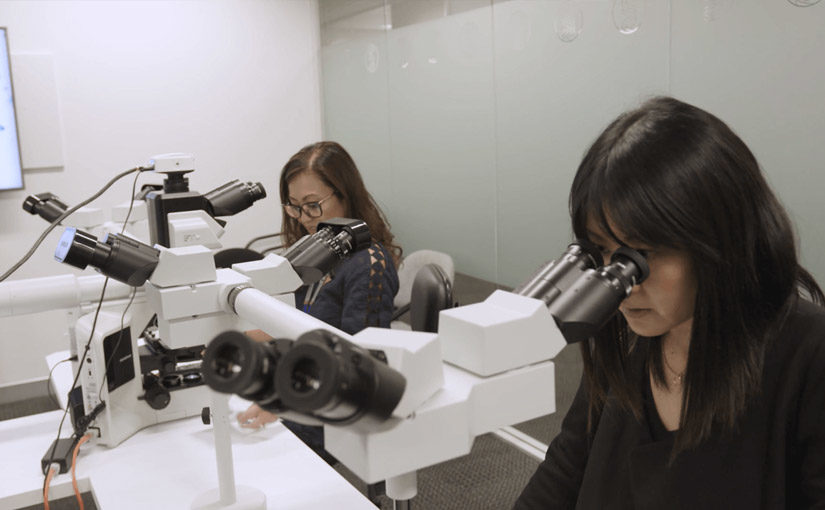A career in the Australian pathology sector is a great choice for any person, due to the interesting, evolving work involved, and the positive work–life balance it brings. The need for pathologists and pathology workers is always growing, particularly right now due to the pandemic. In Australia, the pathology sector is currently made up of an ageing workforce, with over one third of the workforce being older than 55 years (36.6%), therefore the eagerness for young people to choose pathology as a career is high as ever.
A career in pathology involves working in clinical settings as a medical professional. Examples of pathology sector professions are working as a pathologist, a pathology assistant, a medical scientist, a laboratory technician and as a pathology collector.
Pathology workplaces vary depending on what role in the pathology sector you choose to work in. From hospitals to community medical clinics, research institutes, government locations and private industries, choosing pathology as a profession offers a lot of variety.
Working in pathology also requires skills such as being precise and reliable, as patient livelihoods are reliant on pathology test results. Furthermore, working with samples such as blood, urine, bodily tissues and fluids, means that a strong stomach is preferable!
Finding a job in pathology currently requires further post-graduate study at either a university or TAFE institute, with time commitments varying based on the chosen course. There are a number of pathologist courses available, with twenty-six institutions in Australia offering courses in the sector.
How to become a pathologist in Australia
There are several steps to becoming a pathologist which involve enrolment in a university course. In Australia, you must be qualified as a medical doctor prior to becoming a pathologist. The career pathway consists of the following five steps which need to be taken in this order:
- Pre-medical bachelor’s degree (~3 years)
- Studying either a Doctor of Osteopathy degree or a Medical Doctor degree (~4 years)
- Internship (~1 year)
- Residency (~1–3 years)
- Specialty training with an accredited pathologist (~5 years)
After successfully completing speciality training with an accredited pathologist, you can begin practising in the field as a pathologist.
According to The Royal College of Pathologists of Australasia (RCPA) in a 2018 study, 1,924 people made up the Australian pathology workforce, with a growth rate of 4.5% per annum.
How to become a pathology assistant in Australia
To become a pathology assistant in Australia, a course related to pathology or a specific certificate such as a Certificate III in Pathology Assistance needs to be completed.
There are many certificates and diplomas for different roles within pathology, which differ between universities and states in Australia. To find appropriate courses appropriate for what you want to pursue in pathology, contact your local education institutes for more information.
The role of a pathology assistants involves conducting daily tests on samples in a pathology laboratory or other medical settings. Preparing samples, performing tests, and writing reports make up the day-to-day workload of a pathology assistant, and no one day is the same. It is an interesting job in an ever-evolving work environment.
Resources:
TAFE NSW: https://www.tafensw.edu.au/article/-/blogs/how-to-get-a-job-in-pathology
PostgradAustralia: https://postgradaustralia.com.au/graduate-certificate-or-diploma-of-pathology
RCPA, The 2018 Pathology Workforce Study: https://www.rcpa.edu.au/getattachment/4a38b4f9-5f6a-45eb-8947-dfa072797685/APW.aspx

